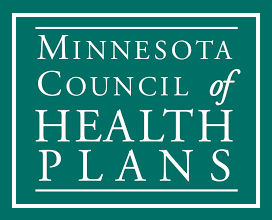About
Building the future
We lead some of our country’s best health insurance companies in a united effort to bring wellbeing within reach for everyone in Minnesota. We create a space where our member insurers put aside competitive concerns and work together with partners across the state to make sure we all get care that is more effective and less expensive. Seven health insurance companies work with the Council.
our Work
Here are topics in the news and how the Council is looking at what it means for Minnesotans across the state. You’ll most likely have questions,
so feel free to send us an email below.
Minnesota's Journey Toward Universal Coverage
Notes from the history of the Minnesota Council of Health PlansOur historians

Kathy Lamp

Nancy Feldman
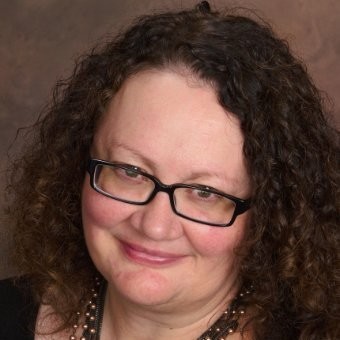
Ellie Garrett
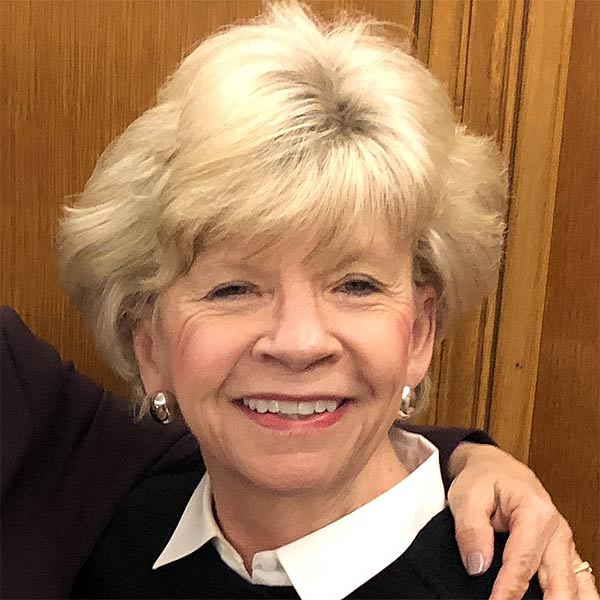
Patsy Riley
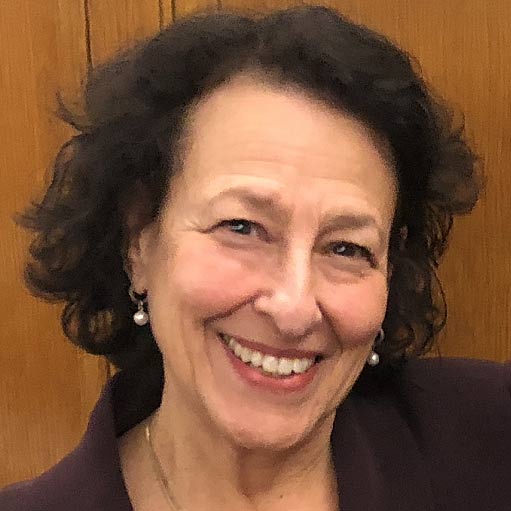
Ghita Worcester

Jennifer Clelland
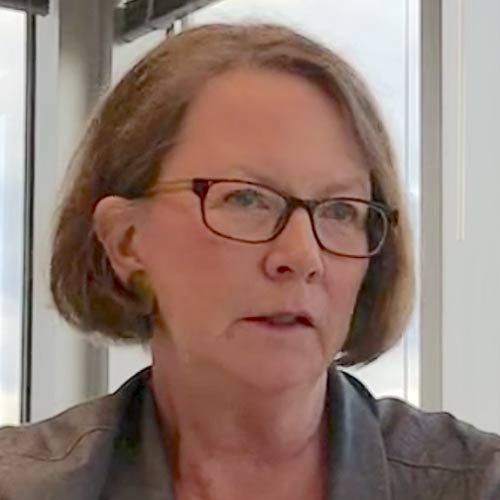
Lois Wattman

Jan Malcolm
Why were Dr. Ellwood's patients crying?
It was 1960, and the doctor was Paul Ellwood. He was a pediatric neurologist who’d got his start as a physician at the Sister Kenny Institute, caring for children suffering the agonies of acute polio. After the Salk vaccine became available to treat that dreaded disease in 1955, Ellwood found himself running a children’s hospital with fewer sick children to admit. The more effectively his staff treated their remaining patients, the more quickly they’d go home — leaving the hospital with more beds to fill.
“There’s something perverse about the incentives in this business,” Dr. Ellwood thought. “The better we do clinically, the poorer we do financially.” To make ends meet, Dr. Ellwood started admitting children with learning disabilities — children who might not have needed to be in the hospital at all. That’s when, making his rounds, the doctor found himself walking through a ward of children from five to ten years old, hospitalized for no good reason, who were weeping inconsolably. The doctor’s little son, safe at home, could have been one of them.
“What are you doing here?” he asked himself suddenly. “These economic incentives are so powerful to fill these beds that you’re harming these children. Just like your own.” Decades later, Dr. Ellwood would recall, “that was my first real exposure to the powerful perverse incentives in health care. Suddenly the health system became my patient.” The treatment Dr. Ellwood prescribed would change American health care forever — and lead to the birth of the organization we now know as the Minnesota Council of Health Plans. Today, our health system is still in need of care, and the treatment Dr. Ellwood prescribed so long ago can still help us heal it.
The birth of HMOs
Over the years, Dr. Ellwood’s vision caught the attention of policymakers nationwide. By 1970, President Richard Nixon and Senator Ted Kennedy were working together to apply Dr. Ellwood’s ideas to the growing Medicare program. They asked him to name the sort of health-care model he envisioned. The name Dr. Ellwood came up with wasn’t catchy, but it was descriptive: Dr. Ellwood called it a “health maintenance organization,” or HMO.
The HMO idea was controversial in the 1970s, nationally dominant in the 1980s, and widely despised in the 1990s. Under different names, the basic HMO idea continues to evolve, hotly contested from coast to coast, during the current period of highly politicized health reform.
Simple in principle but complex in execution, Dr. Ellwood’s fundamental idea is still the dominant model for health care in America: making economic sense of keeping people healthy. Solving the challenges of realizing that vision brought the Minnesota Council of Health Plans into being.
Minnesota's pioneering HMOs
The people who came to that meeting were representatives from Minnesota’s most forward-thinking health-care institutions. These companies were all nonprofit organizations, without earnings or shareholders to worry about. Most were co-ops, owned by their members. All of them were HMOs, organized to improve health and lower expenses by bringing health insurance and medical care together.
Long-time residents of Minnesota might remember the early HMOs whose members attended that meeting. Group Health was a nonprofit health-care cooperative founded in the Twin Cities. Up north in in Virginia, Iron Rangers trusted their health care to MORE HMO. Back in Hennepin County, Physicians Health Plan was owned and operated by the same doctors who cared for its patients. HMO Minnesota, Share Development Corporation, American MedCenters—these pioneering HMOs were putting Dr. Ellwood’s vision for health care into practice here in Minnesota.
The Minnesota HMO Council: founding challenge
The minutes from the HMO Council’s meetings in the mid-eighties make clear the gravity of the problems they were facing together:
● Economic barriers to care, especially for poor people and those who lived outside the Twin Cities area
● Rising expenses, as doctors and hospitals pressed for increased reimbursement
● Federal policy that prioritized tax relief and military spending over health care
● A national epidemic, badly mismanaged by the federal government
Today, that list of challenges might sound familiar. Despite decades of progress, care is still out of reach for too many Minnesotans who are poor live in rural areas. The expense of health care is rising faster and higher than people in the 80s would have thought possible. Once again, the federal government is dramatically shifting its focus away from social programs toward other priorities. And the opioid epidemic, even more lethal than AIDS at its worst, is ravaging the nation while the federal government does little to help.
The history of the Council suggests some practical ways experts in health policy can work together to address these challenges. We did it before, and we’ll do it again.
The problem of Medicaid in Minnesota
By the 1970s, Minnesota counties were struggling to implement Medicaid. Doctors and hospitals were refusing to participate, impatient with the difficulty of working with state and county agencies and dissatisfied with Medicaid reimbursement rates. Accordingly, many people who got their health insurance through Medical Assistance, Minnesota’s Medicaid program, struggled to find the care they needed — if they could get it at all.
Nancy Feldman explains what happened next.
“Even in the early 1970s,” Nancy says, “Medicaid was getting big enough that a county-based system just couldn’t be managed. So we began the development of a centralized state systems for paying Medicaid claims and managing the county- based network of Medicaid providers. It was a big, big job. Once we centralized things, it became obvious that many people just weren’t getting care. Medicaid payments to providers were abysmal — and it was hard to get providers to participate.” So what was the state to do?
That’s where the members of the Minnesota HMO Council came in.
How HMOs helped save Medical Assistance
So DHS started to wonder: What if the state asked HMOs to administer Medical Assistance on the state’s behalf — the same way they already administered health insurance benefits and care- management services for thousands of Minnesotans already?
It started as a demonstration project called the “Prepaid Medical Assistance Program,” or PMAP. Many later Council leaders were involved in the design and expansion of that program. Lois Wattman was on the committee that designed the program from scratch. Patsy Riley worked on the design and implementation of the program, too: “I was driving around in wintertime,” she recalls, “hugely pregnant, hoping I wouldn’t have this baby in Duluth!” Thanks to the policy expertise and sheer mileage of people like Lois and Patsy, the demonstration worked well — so well, Lois explains, that “quickly PMAP translated from demonstration of Medicaid managed care into standard DHS policy.”
Why Medicaid worked here
In the 1970s, the operational details of Medicaid administration were stretching the state’s Department of Human Services too thin. Kathy Lamp remembers: “DHS personnel had to do all the prior authorizations, the claims payment — they had to do all of that work. And delays added to providers’ complaints.” HMOs specialized in doing the daily, unglamorous work of making sure the claims got paid, every time — and they did it well.
Managed care companies have strong relationships with doctors and hospitals
By law, people who get their health insurance from Medicaid were always entitled to see any participating doctor — but no doctor was required to take Medicaid. When Kathy was working for Anoka County, in the mid-1990s, “there was one family physician in the whole county who would take Medicaid.” Minnesota decided to ask HMOs to expand their existing networks to serve people on Medical Assistance.
Nancy Feldman recalls the thinking at DHS: “The health plans already have networks. It would be so much easier for the state if the health plans could deal with providers — and extend their networks, which they’ve developed for commercial business, to cover the Medicaid members also. And then you have expanded access.” Those networks still make wellbeing possible for most of us — in Medical Assistance and far beyond.
Managed care companies compete to make health care better
Over the past 30 years, managed care organizations have competed to bring care within reach for many more Minnesotans — especially people who live outside the Twin Cities or who are poor. And that competition in public programs, starting with Medicaid, made Minnesota a national model of innovation. “Not only were health plans able to put together the contractual relationship,” explained Patsy Riley, “but we could also bring the social providers and the other types of ancillary services that people require. We were, and are, uniquely positioned to be able to do that.”
To attract enrollees, the Council’s members worked hard to earn their trust with new kinds of connections to health care: translators, mobile dental clinics, car seats and more. “Everybody had the same contract with the state,” Kathy Lamp explained, “so there was a lot of competition for enrollees. HMOs would build strong alliances with providers, have a better transportation system, provide care in other languages. That is good, healthy competition.” And it made Medical Assistance work better for Minnesotans — as it still does today.
Pioneering Children's Health Insurance
Jan Malcolm says that’s because there was a common understanding of the importance of health care — not only among the Council’s members, but more broadly. “In Minnesota, we had a really engaged community around policy — employers, unions, health plans, and so on. There was a high level of literacy in the community about why health policy was important,” she remembers. Together, members of the Council and their colleagues worked together to answer a simple question: “How are we going to insure more people?”
Answers to that question were contentious — as they still are — but collaboration between health insurers and other community leaders led to real progress throughout the 1980s and 90s. First, Minnesota expanded Medicaid to cover more expecting mothers and children. The pioneering Children’s Health Plan, which went into effect on July 1, 1988, was the first program of its kind in the nation. “Minnesota is a little bit different,” said Ann Wynia, Minnesota House majority leader, in an interview at the time. “When we see a problem, we know we have to solve it.”
The Children’s Health Plan showed the practical benefits of bringing health care within reach for more Minnesotans. Soon afterward, the state legislature sent newly elected governor Arne Carlson an ambitious bill to provide health insurance, for everyone in the state, using a single-payer model. The trouble with this expansive vision, then as now, was how to pay for it without bankrupting the state. Governor Carlson vetoed the bill — but he liked the idea behind it. Could Minnesota’s health are leaders find a way to expand health insurance to more Minnesotans and pay for it?
The Minnesota Council of HMOs thought so. They rolled up their sleeves and got to work.
MinnesotaCare: A huge idea
The startling idea that Lois and her colleagues presented was a policy recommendation that, after much discussion, would form the heart of the MinnesotaCare Acts of 1992, 93 and 94. Republican governor Arne Carlson signed those bills into law. When he signed the first of those bills into law, the governor said, MinnesotaCare “significantly redefines and broadens the definition of the quality of life in Minnesota.”
MinnesotaCare was as ambitious as Governor Carlson made it seem. The legislation included everything the Affordable Care Act would one day include, and more.
● It established the MinnesotaCare program we know now, but that was just a start.
● MinnesotaCare included a commitment to make sure every Minnesotan had health insurance, whether through work, a government-supported program or on their own. The policies had to include a “universal standard benefit set”.
● It established a sustainable financing mechanism, the Health Care Access Fund, funded by tax on health insurance premiums and medical bills.
● The legislation included ambitious insurance reform policies — most of which came from the HMO council itself. It included a guarantee that companies with 2 to 50 employees could get insurance, guarantees that policies would be renewed, strong protections for people with pre-existing conditions, requirements to devote most premium funds to care, and a future commitment to setting premiums based on where people live rather than their health status.
● MinnesotaCare took geographic access to health care seriously, particularly outside the metro. There was investment in rural health and medical school, and innovative thinking about rural health care co-ops.
● The law took strong steps to slow the rise of medical bills, including caps on the amount of medical bills the state could pay, partnerships between insurers and medical professionals called “Integrated Service Networks,” an option to set the price of care across all different insurers, and provisions to fight consolidation and preserve competition among different insurers.
● Finally, the law invested in making care better. It required data collection on the care people get, a way to rate new devices, medicines, vaccines and procedures. It also included means to help make sure doctors had the latest scientific information to help them improve their patients’ care.
● Lois Wattman, who was on that pontoon, recalls that conceiving and implementing MinnesotaCare was a team effort. “We had everyone — doctors, nurses, hospitals, health insurers, public health, employers, labor — all around the same table to design how we would implement this MinnesotaCare legislation,” she says. “It was a consensus body; we just spent hours and hours and hours negotiating.” Health policy isn’t easy now — and it wasn’t easy then, either.
The HMO Backlash
The expansion of managed care throughout the American health system really did hold medical expenses steady through the HMO era of the late 1980s and 1990s. Managed care was so successful at containing medical bills that they started to seem unnecessary — in Minnesota as elsewhere in the nation.
Over time, the Minnesota legislature dismantled MinnesotaCare piece by piece — much as Congress is dismantling the Affordable Care Act now. Meanwhile, HMOs got a bad national reputation for “kicking people out of the hospital,” aggressively interfering with medical care, and generally making medicine worse. “The health plans went from being the cool little upstarts with novel ideas, willing to innovate in a collaborative way,” Jennifer Clelland reflects, “to being the driving force in the industry, with the large presence that they have now. That shift made health plans less nimble — and also brought more attention to them. If you were dissatisfied with something in health care, that meant you almost by definition that the health plans were responsible.”
Jan Malcolm, one of the chief policy architects of MinnesotaCare, recalls this time of retreat from managed care with sadness. “It was tragic,” she says. “We never quite got the incentives lined up right. We didn’t have enough time. Then the market started to revert back to what it knew.” And what the market knew was perverse system that had horrified Dr. Ellwood back in 1960: a “fee-for-service” medical industry that relied on human sickness and suffering to generate money, one pill and procedure at a time.
As the 20th century came to an end, the era of managed care seemed over. Fee-for-service medicine was still being practiced, even when it hurt patients. Too many of us were getting dangerously uncoordinated care, wearing the mask of “consumer choice.” Medical expenses spiraled out of control.
Reaction and Reform
The lesson the Council’s history gives is this: Health care markets, like all markets, will default to generating money — unless we deliberately make them generate wellbeing, too. And that’s a hard thing to do.
The story of the Council is the story of health insurance companies figuring out how to keep human wellbeing at the center of Minnesota’s medical systems — bridging the gap between health and the care.
When Jennifer Clelland reflects on the history of Minnesota health policy, she admits: “Sometimes, it’s frustrating. We keep butting our heads against the wall on a certain problem of public health or financing. Then all of a sudden, there’s a breakthrough when the time is right.” With a smile, she finds a better metaphor: “You plant seeds, you plant seeds — then, one day, you have the sun.” And wellbeing can flourish.
There was a breakthrough in 1960, when Dr. Ellwood realized what needed to change. There was another in 1987, when Ann Wynia worked with the Council and many others to bring wellbeing to thousands more Minnesota women and children. Another breakthrough came in 1992, when the Council convened partners from every corner of the state to implement the common dream of MinnesotaCare. There was another breakthrough in 2009, when the federal government made the greatest ambitious of MinnesotaCare the law of the land in the Affordable Care Act. And there will be more breakthrough moments, when wellbeing suddenly becomes possible for more of our friends and neighbors — as long as we keep working together, the way Minnesotans do.
Why the Council matters today
The people of the Minnesota Council of Health Plans, Nancy Feldman says, “have always been a respected voice, because they brought data, they brought good analysis, and really strong personal relationships. That doesn’t mean they’re always welcomed. But at the end, good things come out of it.”
Most of all, the people who work for Minnesota’s nonprofit health insurers have a deep commitment to human wellbeing. The Council’s history proves it. The incentives of the health system have changed dramatically over the past four decades, and these days it can be difficult to see the humanity under the all the complexity. But the Minnesota Council of Health Plans — as an organization—has always put human wellbeing first. “The Council’s members exist,” says Ellie Garrett, “to be part of a whole system that improves the health of people in Minnesota. We all serve the same people — and that’s a big and powerful thing.”
Minnesota’s journey toward universal coverage
Got a question?
Ask it.
We get it. It’s hard to keep track of what’s going on in health care and what it means to you. People get help paying for care in a lot of ways, and they are all connected in local communities. It’s ever-increasing medical bills and premiums. It’s deductibles and copays that are uncomfortably high. It’s a lot. Toss in changes ahead that are already on the books and add to that the daily conversations in Washington, D.C., and St. Paul and it’s nearly impossible to keep track of it all.
We welcome your questions.
